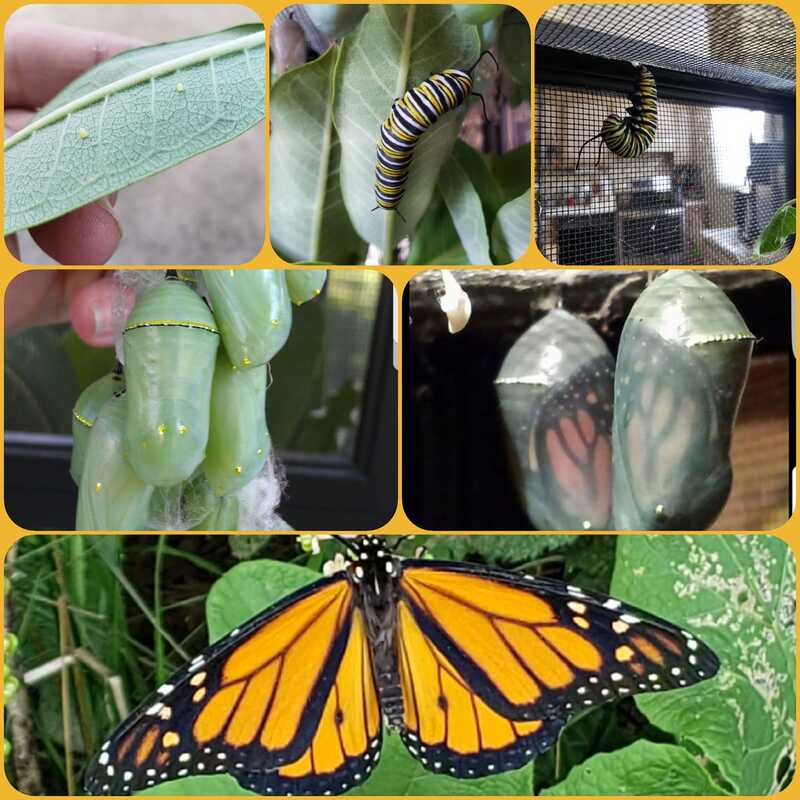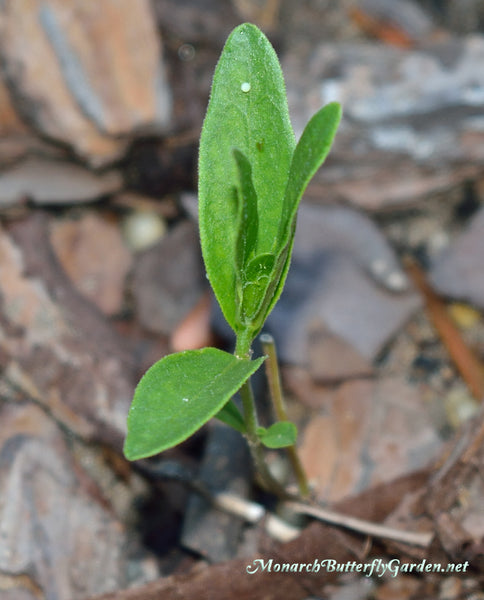To protect monarch eggs on milkweed, provide a sheltered location and avoid using pesticides. Monarch butterflies are a majestic and essential species that play a crucial role in pollination.
However, their population has drastically declined in recent years due to various factors, including habitat loss and pesticide use. One important step we can take to help protect monarch butterflies is by safeguarding their eggs on milkweed plants, which are the only host plants for monarch larvae.
This article will discuss some effective methods to keep monarch eggs safe from predators and harmful chemicals, ensuring the survival and growth of these beautiful creatures. By following these simple steps, we can contribute to the conservation and preservation of monarch butterflies and their fragile ecosystems.

Credit: www.saveourmonarchs.org
The Importance Of Protecting Monarch Eggs On Milkweed
The importance of protecting monarch eggs on milkweed cannot be understated. Monarch eggs need protection because they are crucial to the survival of the monarch butterfly population. Milkweed plays a vital role in monarch conservation as it is the only plant that monarchs lay their eggs on and the only food source for monarch caterpillars. Understanding the life cycle of monarch butterflies is essential in order to effectively protect their eggs on milkweed.
The Dangers Facing Monarch Eggs
Monarch eggs face numerous dangers that threaten their survival, but there are measures we can take to protect them on milkweed. By maintaining a safe habitat, avoiding the use of pesticides, and providing shade, we can help ensure the survival of these iconic butterflies.
Predators And Parasites That Target Monarch Eggs |
Monarch eggs face various dangers from predators and parasites that pose a threat to their survival. Predators such as birds, spiders, ants, and wasps can easily prey upon these fragile eggs. Additionally, various parasites including wasps and flies specifically target monarch eggs, laying their own eggs on or inside them, which eventually hatch and feed on the developing monarch larvae, endangering their chances of maturing successfully.
Environmental Factors That Impact Monarch Eggs |
Apart from predators and parasites, environmental factors also play a role in the well-being of monarch eggs. Extreme weather conditions like drought, excessive heat, or heavy rainfall can greatly affect the survival rate of these eggs. The availability and health of the milkweed plants, the exclusive food source for monarch caterpillars, also play a crucial role. Loss of natural habitat due to deforestation or changes in land use can further impact monarch egg survival.
Human Activities That Put Monarch Eggs At Risk |
Certain human activities can inadvertently put monarch eggs at risk. The use of pesticides and herbicides in agriculture and gardens can directly harm monarch eggs and the milkweed plants they rely on. Habitat destruction due to urbanization and the expansion of infrastructure also limits the available areas for monarch butterflies to lay their eggs, reducing their chances of survival. It is imperative to raise awareness and take proactive measures to protect monarch eggs and ensure the survival of this iconic butterfly species.
How to Protect Monarch Eggs on Milkweed: Step by Step Guide
Strategies For Protecting Monarch Eggs On Milkweed
Creating and maintaining monarch habitats at home is crucial for the protection of monarch eggs on milkweed. By implementing proper gardening practices, you can provide a safe environment for monarchs to lay their eggs. This includes planting native milkweed species that serve as host plants for monarchs. Additionally, it is important to avoid using pesticides or herbicides near milkweed plants to prevent harm to the eggs.
Another strategy is to identify and remove invasive species that threaten monarch eggs. Invasive plants such as swallow-wort or tropical milkweed can outcompete native milkweed, displacing it and reducing the availability of suitable egg-laying sites.
Providing Safe Conditions For Monarch Eggs
The survival of Monarch eggs on milkweed plants is crucial for the conservation of these beautiful butterflies. To provide safe conditions for Monarch eggs, it is important to understand the ideal microclimates for their development.
Monarch eggs are highly sensitive to extreme weather conditions. Protecting them from harsh temperatures, strong winds, and excessive rainfall is essential. Providing a shelter or cover can help safeguard the eggs from unfavorable weather.
A sufficient food supply is vital for the growth and survival of Monarch caterpillars. Avoid using pesticides near milkweed plants to prevent any harm to the eggs or larvae. Organic gardening methods and natural pest control alternatives are recommended.
Educating And Engaging Others In Monarch Conservation
Protecting Monarch eggs is crucial to the conservation of these beautiful creatures. Educating and engaging others is key to spreading awareness about the importance of Monarch conservation. Collaborating with local communities and organizations can create a greater impact. By involving schools and educational institutions in Monarch protection efforts, we can inspire the younger generation to take action.
Monitoring And Tracking Monarch Populations
Participating in Citizen Science Programs to Monitor Monarch Eggs:
One effective way to protect monarch eggs on milkweed is to get involved in citizen science programs that focus on monitoring butterfly populations. These programs allow individuals to contribute valuable data by reporting their observations of monarch eggs and caterpillars. By participating in these initiatives, people can help scientists track the number of eggs and the overall health of monarch populations.
Conducting Regular Surveys and Data Collection on Monarch Eggs:
Another important step in protecting monarch eggs is to conduct regular surveys and collect data on their abundance and distribution. This involves carefully searching milkweed plants for eggs and documenting their location and number. By consistently monitoring the presence of monarch eggs, scientists and conservationists can better understand population dynamics and identify areas that require targeted conservation efforts.
In addition to monitoring and data collection, it is crucial to analyze population trends and identify conservation successes. This involves examining long-term data to assess changes in monarch egg numbers and assessing the effectiveness of conservation efforts. By understanding population trends and the impact of various conservation strategies, scientists can develop evidence-based approaches to protect monarch eggs on milkweed and ensure their long-term survival.
Frequently Asked Questions On How To Protect Monarch Eggs On Milkweed
How Do You Take Care Of Monarch Eggs On Milkweed?
To care for monarch eggs on milkweed: 1. Plant milkweed to provide a host plant for monarchs. 2. Keep the milkweed plants healthy and free from pesticides. 3. Check the plants regularly for eggs or caterpillars. 4. Protect the eggs from predators or extreme weather conditions.
5. Provide fresh milkweed leaves for the caterpillars to eat.
How Do You Protect Monarch Eggs From Predators?
To protect monarch eggs from predators, it is important to place them in a secure enclosure or use a mesh netting to keep them safe. This helps prevent other insects or animals from accessing the eggs and ensures their survival.
How Do You Protect Monarch Larvae?
Protecting monarch larvae involves providing a suitable habitat with milkweed plants for them to feed on, avoiding the use of pesticides, providing shelter from harsh weather conditions, and protecting them from predators. Regular monitoring and careful handling are also important to ensure their safety.
What Kills Monarch Butterfly Eggs?
Natural predators, such as spiders, ants, and wasps, are known to kill monarch butterfly eggs.
Conclusion
Protecting monarch eggs on milkweed is crucial for their survival. By taking simple steps such as avoiding the use of pesticides, planting milkweed in your garden, and creating safe spaces for monarchs to lay their eggs, we can contribute to conserving their population.
Remember, every action counts in preserving these beautiful creatures for future generations to enjoy. Let’s do our part in safeguarding monarchs and their habitats.

